Railway investments will make the Norwegian transport sector greener
Posted: 18 April 2023 | Jon-Ivar Nygård | 1 comment
Jon-Ivar Nygård, Norway’s Minister of Transport, explains that despite a large maintenance backlog and outdated infrastructure, the Norwegian government is committed to making improvements to the country’s rail network with a raft of changes including new infrastructure, new trains, new digital signalling, shifting more freight to rail and strengthening cross-border railway connections.
Norwegian railway transport has been having a renaissance over the past 10-15 years. There are several reasons for this, not least that it is a climate-friendly mode of transport which is both area-efficient and energy-efficient. In Norway, rail is important for passenger traffic within and between urban areas, especially in the populous area of Eastern Norway, while freight trains play an important role on the long distances between Oslo and other major cities.
Much of our approximately 4,000km long railway network is old. There is a large maintenance backlog, as well as out-of-date signalling systems, old trains and poor mobile coverage on several stretches.
Commitment to improving rail sector
Currently, there is a high level of activity and public funding. During the last few years, railway sector grants have accounted for 30-40% of public funding for transport. Since rail currently has a 5% market share of both passenger and freight transport nationally, this illustrates the Norwegian Government’s commitment to the sector. Needless to say, it is our ambition that the respective market shares will rise.
New infrastructure
Most of the large development projects are found on the three InterCity distances connecting Oslo with other urban areas in Eastern Norway. The common denominator for these projects is the double-track allowing for velocities of 200-250km/h. New infrastructure will make it possible to offer more attractive rail services with more frequent departures and speedier travel.
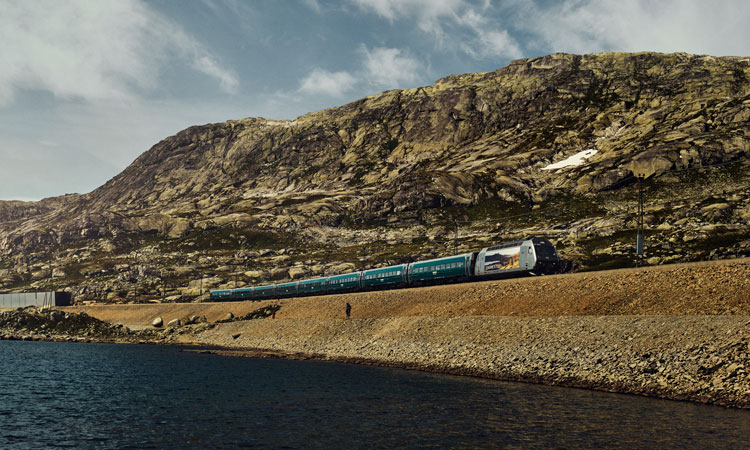

The Norwegian railway network comprises of over 4,000km of track. Credit: Vy/Oivind Haug
New trains
Another factor in improving rail services are the new passenger trains. New rolling stock will enhance passenger comfort and operational stability and, in many cases, internet coverage onboard the trains. In the last few years, more than 150 new passenger trains have been put to service, and more new trains are scheduled to be deployed soon. In a few years, passengers will be able to enjoy local, regional and long-distance trains, including better night train services.
Improved online coverage
Norwegians are used to being online wherever they go, but much of the railway infrastructure lies in areas with poor coverage. To encourage passenger uptake of rail services, coverage is to be improved along the above-ground sections and in tunnels.
New digital signalling
One of the largest ICT projects in Norway at the moment is ERTMS, a new digital signalling and safety system to be introduced across the entire Norwegian rail network. ERTMS will help reduce signalling errors and make it possible for the railway sector to benefit from the opportunities afforded by digitisation.
Shifting freight to rail
Freight transport plays an important role on the long-distances between Norway’s largest cities and is important for specialised freight such as timber and heavy-duty ore. The government has a dedicated subsidy programme to help shift transport from road to sea and rail. Transporting more goods via rail is good for the climate and will also improve traffic flow and road safety.
Maintaining infrastructure
Investing in rail is expensive. There has been a pronounced budget increase. The war in Ukraine followed by the energy shortages in Europe and rising prices has made it necessary to limit spending. Rather than launching many new development projects, maintenance and renewal of the existing infrastructure has become a priority. Norway has a large railway maintenance backlog. Reducing this backlog will help improve punctuality and regularity and make it possible to better exploit existing infrastructure.
Strengthening cross-board connections
We also want to strengthen our cross-border railway connections, and studies have therefore been undertaken jointly with Sweden. The construction of the Fehmarn Belt between Denmark and Germany offers exciting prospects for the future of our passenger and freight train connections with Europe.


Jon-Ivar Nygård became Norway’s Minister of Transport in October 2021. Prior to this he was mayor of Fredrikstad from 2011 and sat on the city council from 1993. Jon-Ivar has held several positions in the Labour Party and in elected bodies. He sat on the Labour Party’s national board in the period 2003–2004 and has been a member of the central board of the Labour Party since 2014. He has been elected to the Storting as the representative for Østfold during the period 2021–2025. He has a master’s degree from the University of Oslo and Østfold University College with studies in history, social economics and political science. Photo credit: Fredrik Naumann/Felix Features
Related topics
Cargo, Freight & Heavy-Haul, Digitalisation, European Rail Traffic Management System (ERTMS), Infrastructure Developments, Operational Performance, Passenger Experience/Satisfaction, Rolling Stock Orders/Developments, Signalling, Control & Communications, Sustainability/Decarbonisation, Track/Infrastructure Maintenance & Engineering



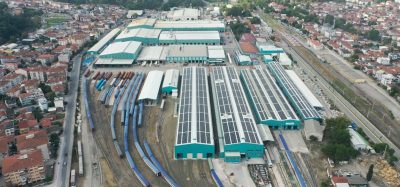
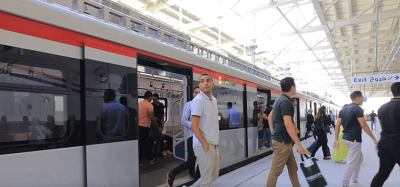
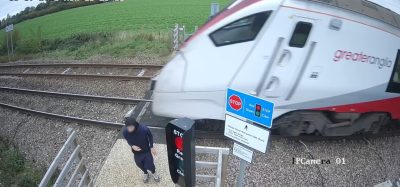
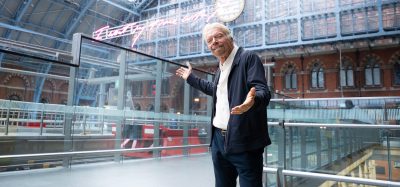

Maintenance “optimal”, etc. is good, but, but – maintaining at a no longer optimal standard is not optimal.
(All other modes, by sea etc., upgrade for added load capacity, etc. and for lower costs.)
For proving a sustainable investment, maintenance, reinvestments, etc. should just be of a standard safely adopted for demand of todays customers…
As well it should be resilient and redundant (robust) thus safely providing for future added demand.